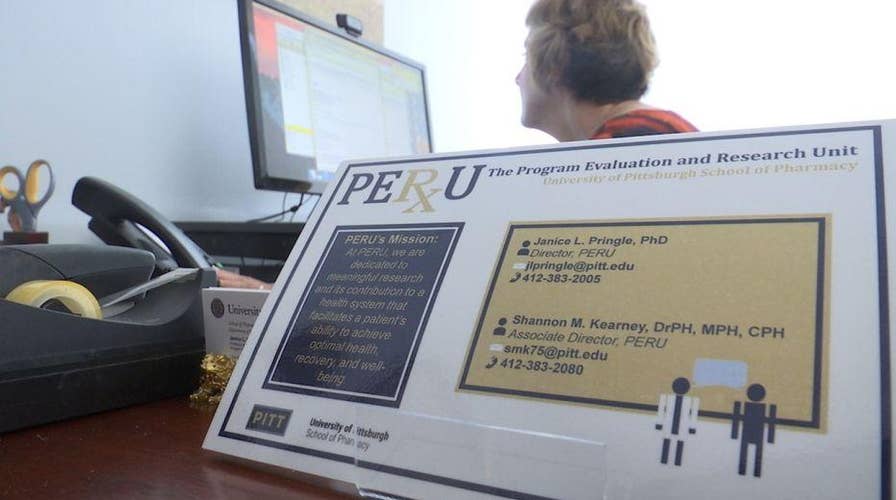New data collection could fight opioid overdoses
Researchers say the standardization of data collection has shown improvements in overdose deaths.
A new way to collect and organize data could be the answer to tackling the years-long opioid overdose epidemic.
The University of Pittsburgh’s Program Evaluation and Research Unit (PERU) is working with Pennsylvania officials to standardize death data from overdose victims.
"It’s represented by age, by gender, by ethnicity, by location,” Dr. Janice Pringle, PERU director, told Fox News.
The purpose of the project, Overdose Free PA, is to provide more detailed reporting in real-time that could help show where the problem areas are, Pringle said. Previously, each coroner's office had a unique way of recording data on overdose victims, but the project provides them with a template for a standardized option of data reporting.
HOW A GENERATION OF YOUNG ATHLETES BECAME ADDICTED TO HEROIN
"That helps you understand that in certain parts of the state there may be patterns,” she told Fox News.
The data is also divided by the type of overdose death, including drugs that are not opioids, like cocaine and LSD, according to the website.
In 2016, there were 4,652 drug overdose deaths in the state, according to a Drug Enforcement Administration report. That equates to roughly 13 drug-related deaths per day.
Specifically, the study found the presence of an opioid, either illicit or prescribed by a doctor, in 85 percent of drug-related overdose deaths in the Keystone State.
Pringle said they've already seen the program's impact in some areas.
"We do have a couple of counties in Pennsylvania that are stabilizing with their overdose rates,” she said.
HERE'S HOW TO TALK TO YOUR KIDS ABOUT OPIOIDS
Unlike the standard overdose reporting up to this point, Overdose Free PA looks to attack the issue through various options, Pringle said.
"They’re coming at this relentlessly from multiple directions and I think that’s the key,” she said.
Pennsylvania’s initiative echoes a framework announced in April by the Department Health and Human Services. The federal agency said they are pushing to strengthen public health data reporting and collection to “improve the timeliness and specificity of data and to inform a real-time public health response as the epidemic evolves.”
Pringle adds that she hopes the program is used as a template across the country to help put an end to the epidemic.

